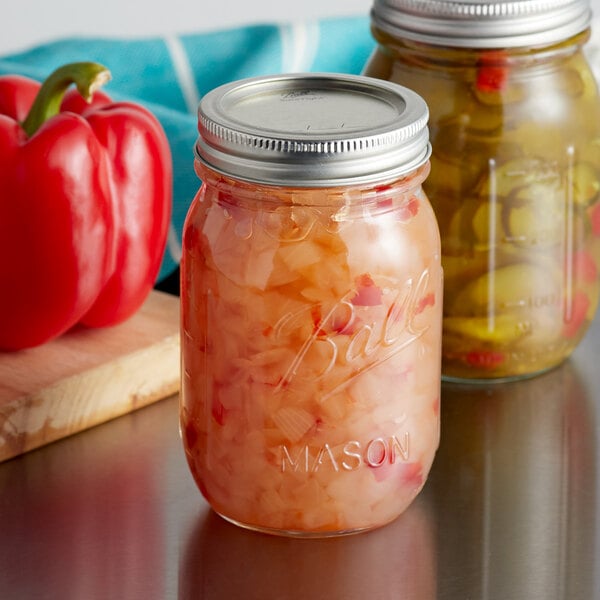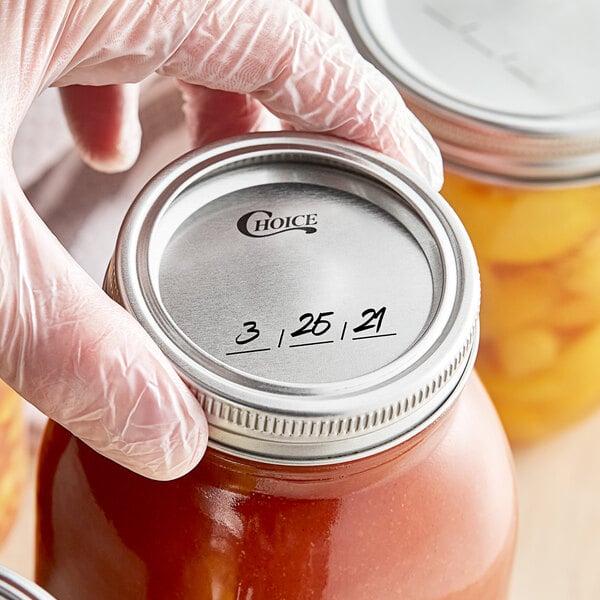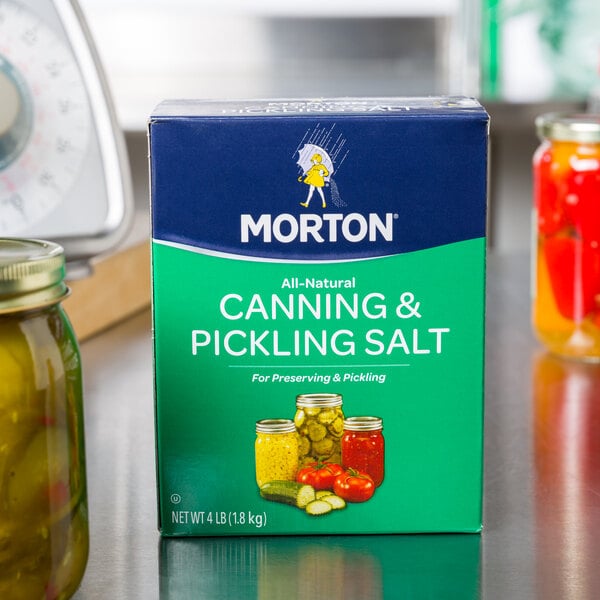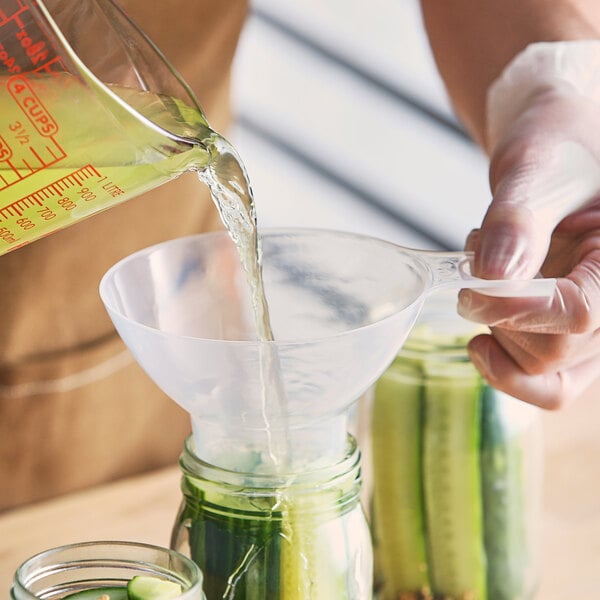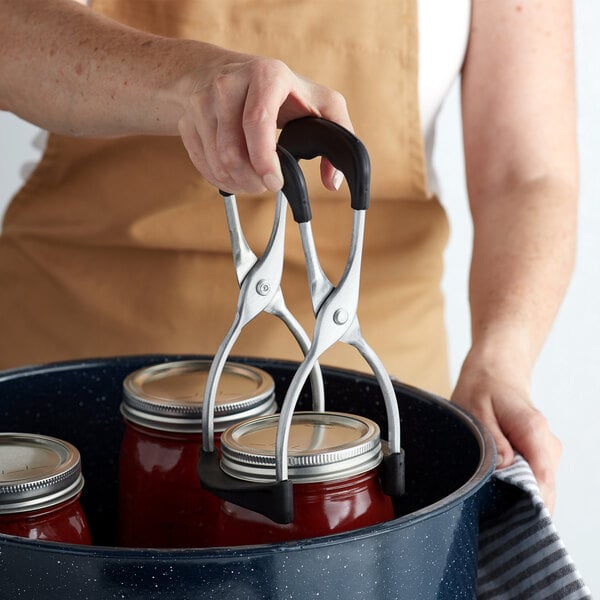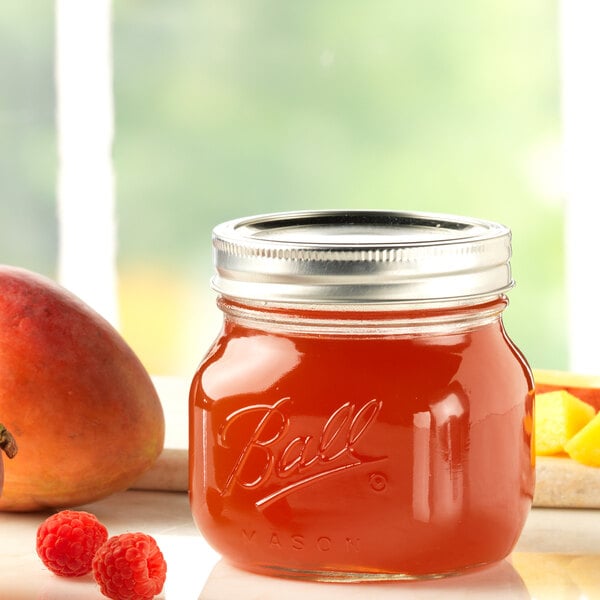The following are some of the most frequently asked questions when it comes to canning:
How to Store Canned Food
In order to avoid harmful toxins and bacteria from entering your processed jars, it is important to make sure they are being stored properly. Most lids and jars will keep food shelf stable for at least 12 to 18 months when stored properly, but it is always best to follow manufacturer guidelines.
- Avoid direct sunlight: Food in processed jars can break down in nutrient value over time if exposed to direct sunlight.
- Avoid stacking jars: Jars should not be stacked on each other as the weight of the top jar can unseal the lid of the bottom jar.
- Store without bands: Bands can trap moisture, causing rust and bacteria growth, and can prevent you from noticing unsealed jars.
- Label and date every jar: Ensure you are identifying and properly rotating products by labeling and dating every jar after it is processed and ready for storage.
How to Store Canned Food After Opening
After opening, the shelf life of canned food varies but usually will last between a few days to a few weeks depending on the food item. Most opened jars can be stored in a refrigerator just as long as factory-made items but should always be stored without the bands as they can trap moisture which causes rust. Food can be transferred to a food storage container or can be stored in the jar with a reusable lid.
Can You Freeze Mason Jars?
Some mason jars can withstand freezing. In order to avoid potential shattering, only use freezer-safe canning jars. Leave .5 inch of headspace to allow for expansion of food.
Can You Microwave Mason Jars?
Glass mason jars by themselves can be microwaved for short periods of time, if needed. Since the jars are glass, they will absorb heat in the microwave, making it potentially dangerous to touch with bare hands. Always use caution when handling hot items. Lids and bands should never be microwaved, since they are made of metal.
Can You Reuse Canning Lids?
Always start with a brand new lid for safety, as lids should never be reused. Before canning anything, always check the rubber seal on every lid. Discard any seals that are broken or look irregular. Bands can generally be reused as long as they are still in good condition and are not rusty. Processed jars should always be stored without bands as they can trap moisture and make unsealed jars look sealed.
Back to Top
